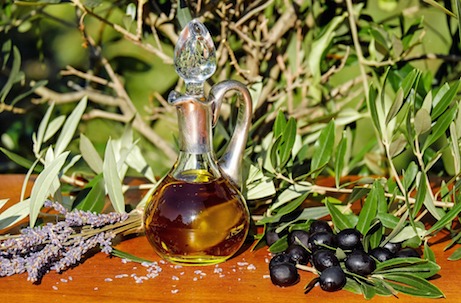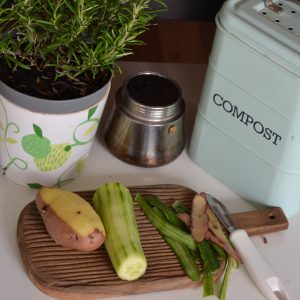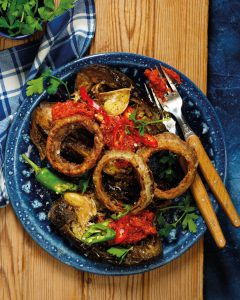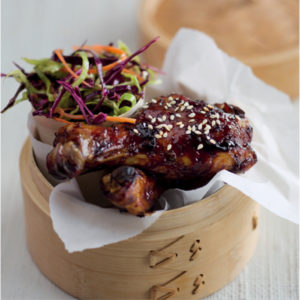Treat your friend to a new experience this festive season with an olive oil tasting.
WHAT YOU’LL NEED
1. A selection of three good extra-virgin olive oils, and one low-quality olive oil as a matter of comparison.
2. Cups or glasses for each guest. They should be able to fit comfortably in each guests’ hand.
3. A bottle of chilled rosé or slices of green apple to act as palate cleansers.
HOW TO TASTE
Step 1: Pour a tablespoon of olive oil into a tasting cup. Heat up the cup by holding the bowl in your hand while covering the top to trap the aromas.
Step 2: Sniff
Step 3: Take note of the colour. A good-quality olive oil can range from dark green to pale yellow.
Step 4: Slurp it. That’s right, let some air flow into your mouth.
Step 5: Cleanse your palate before and in between each tasting. Oil isn’t water soluble, which makes rosé the best option for this.
FLAVOUR NOTES
Appearance
1. Is the oil clear or cloudy?
2. Is it green, gold or straw-coloured?
Aroma
1. Can you identify any aromas? Common scents are artichoke, freshly-cut grass, citrus and apple.
2. Are there any scents to indicate the oil is defective, such as alcohol (wine in particular), nail polish, crayons, vinegar or putty.
Taste
Positive attributes: Fruity flavours such as almond, apple, green leaves hay or olives, and a bitter or pungent taste (that isn’t too harsh) are all indicators of a good olive oil.
Negative attributes: If it tastes flat, it may have lost its characteristic aroma. If it tastes metallic or it may have taken on the flavour of the container it has been stored in. A wine or vinegary taste shows an oil with too-high an acid content.




